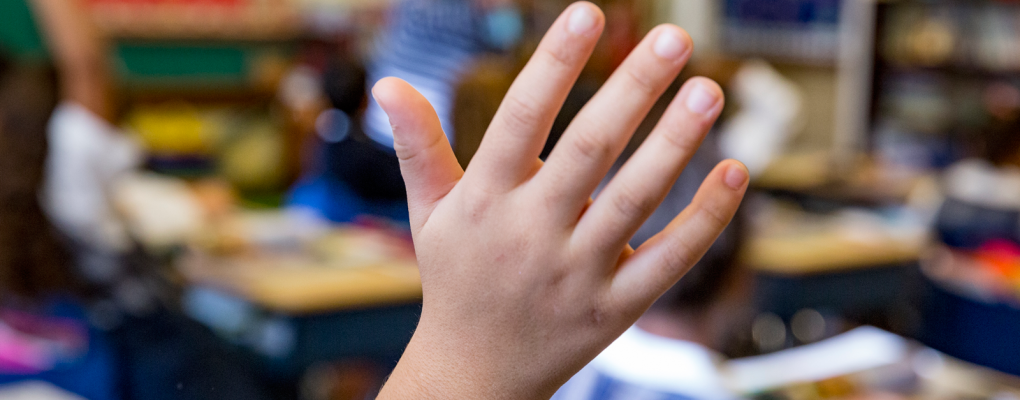I hope you are all well and adjusting to the many changes in our lives. What we thought was going to be two weeks of remote learning is now turning into a longer period of time. After listening to all the officials speak yesterday, I believe this is our “new normal.” That being said, I wanted to take the time to share five ideas to help you optimize this type of learning.
- Routines
A regular routine and schedule is said to be beneficial during times of stress and uncertainty, especially for children. You might want to involve your child in making a daily schedule, if possible. It can mimic the order of how things went on a “normal” school day or can be changed, as long as you keep it similar day to day. It’s good to actually write out this schedule and post it. This allows your child to follow along. It is helpful for your child to make a commitment to take part in these routines, which in turn should help motivate them to follow along.
- Create a good work space
This doesn’t need to be anything fancy, just a place for your child to do their work and remote learning. It should be comfortable and conducive to learning. While this will look different for each child, it needs to be clear of distraction and allow of easy access to the materials they need to use. The materials should be close by such as books, technology and other supplies. Similar to making a schedule, your child can be involved in setting up this workspace. This will help students feel safer, more confident and more invested in taking charge of their learning.
3. Make Plans
While it might seem unnecessary and silly to make plans when we are all staying home and social distancing, it is helpful. By making plans to face time Grandma, at a certain time each day, or marking the calendar for a family game night, it gives your child something to look forward to. No matter how small or trivial the plans, they are important and help pass the time. It also allows you to carve out special time with your child and not get lost in the everyday usual chaos.
- Check in / Keep kids in the loop
Checking in with children about their feelings and thoughts is valuable during unsettling and unknown times. This will look different depending on the age of your child. Younger children may not really need to understand all of the facts but rather need to be able to process how they feel because they can sense things are different. Older children will need to get reasonable explanations and facts of what is going on in the world around them. Its best to remember kids don’t need every detail but rather a general understanding of the facts and answers to their questions.
- Sleep hygiene
Making sure your child has good sleep will help everyone in the hours they are awake. Good sleep hygiene involves many variables but consistent wake and bedtimes are most important! Try to make sure 30 minutest to an hour before bed screens are turned off. Bedrooms should be a place conducive for sleeping by making sure they are quite, dark and at a comfortable temperature. Another important element of sleep hygiene (especially for teenagers) is to make sure the bed is only used for sleep. Consistency is the key.
There is no perfect way to go about handling our new reality. Always supporting our kids and helping them learn, understand and thrive, is what we are all reaching for.
Please continue to reach out to me as a resource for you and your family.
Social Worker – Region 5
Socialworker@nullacademyolmc.org
Below are some more resources for you to look at:
https://www.choc.org/wp/wp-content/uploads/2016/04/Sleep-Hygiene-Children-Handout.pdf
https://raisingchildren.net.au/grown-ups/family-life/routines-rituals-relationships/family-routines




